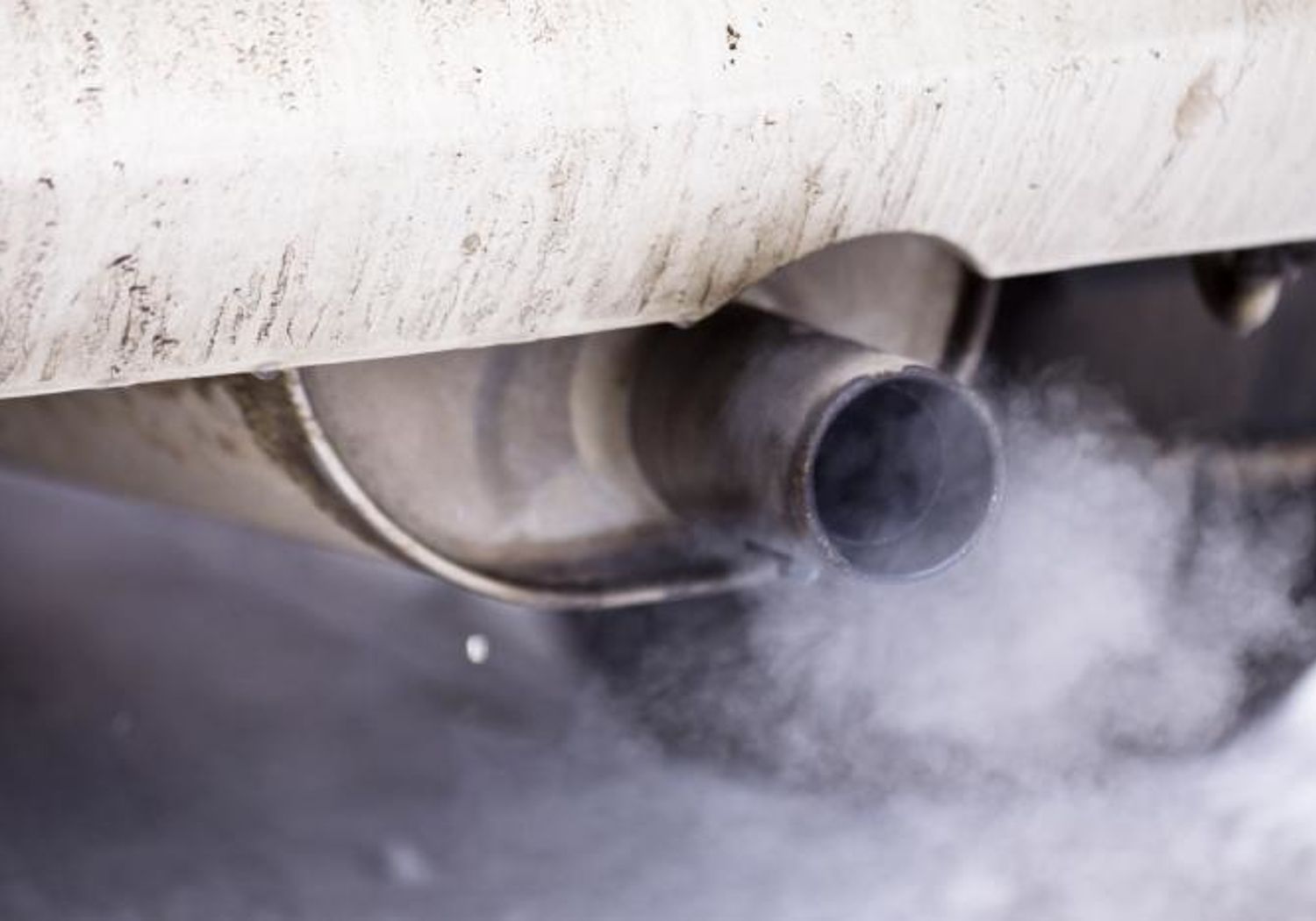Metrology for VOC indicators in air pollution and climate change
Volatile Organic Compounds: Supporting air quality monitoring networks with new measurements of VOCs

Volatile Organic Compounds (VOCs) released from wood and plastics create indoor health hazards, whilst others such as benzene and oxygenated species like methanol and formaldehyde play a part in atmospheric chemistry. These reactive and short-lived compounds present at trace levels in the atmosphere interact to produce greenhouse gases and very small particles in smog that can create breathing problems.
The EU’s Air Quality directive and the Construction Products Regulation provide a framework for controlling exposure to these compounds. To enable decorative material manufacturers to demonstrate compliance and air quality networks tracking atmospheric trends to produce accurate data, improved reference materials and calibration methods are needed at the low concentrations encountered during routine VOC measurements.
This project developed new reference materials and gas standards at the low concentrations required by users and the project used these to evaluate the performance of the low-cost gas sensors which are used in environmental monitoring. This work builds on outcomes from the EMRP project Metrology for Chemical Pollutants in Air.
The project:
- Investigated the proprietary treatments used for preventing interactions between VOCs and a gas cylinder’s walls. This is important for stabilising low-concentration reference gas mixtures in the high pressure cylinders that are used in instrument calibrations
- Developed new VOC emission reference materials and techniques for in-situ gas mixture preparation
- Investigated the VOC adsorption properties of the materials and coatings that are used in air monitoring systems to quantify potential losses between the sampling point and gas analysis
- Evaluated portable, low cost sensors for VOC detection using both lab and field testing leading to the derivation of best practice measurement procedures.
This project has developed new VOC gas reference standards, enabling the test labs in Europe-wide and global environmental monitoring networks such as the WMO Global Atmosphere Watch programme, to calibrate instrumentation and harmonise measurement methods. Upgrades to sampling lines, through recommendations to use inert coatings, is supporting improved trace VOC measurement accuracy and this has been adopted during the IAGOS-CARIBIC climate-monitoring project. The dynamic gas generators developed for reactive VOC gases have been used for a range of climate monitoring calibration applications and for breath analysis in hospitals. Project developed reference materials have enabled accredited labs, which perform assessments of emissions from decorative materials, to better demonstrate proficiency across a broader spectrum of VOC species, whilst best measurement practice recorded in peer reviewed papers from this and the preceding project have been cited as key references in a WMO publication on benzene and other VOC data. Improvements in the accuracy of measuring VOC traces in the atmosphere, resulting from this project, will support robust data generation and early trend identification of VOC changes in the environment.
EMPIR project 19ENV06 MetClimVOC builds on this work.
Building and Environment
Air Quality, Atmosphere & Health
Measurement Science and Technology
Proceedings
Atmospheric Measurement Techniques Discussions
Participating EURAMET NMIs and DIs
BAM (Germany)
CMI (Czechia)
INRIM (Italy)
LNE (France)
METAS (Switzerland)
NPL (United Kingdom)
PTB (Germany)
UME (Türkiye)
VSL (Netherlands)
Other Participants
JRC - Joint Research Centre - European Commission (European Commission)
Information